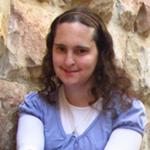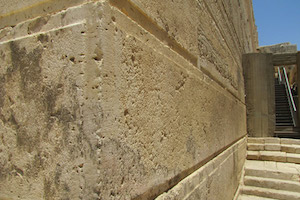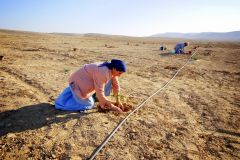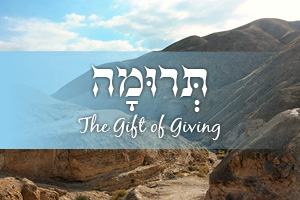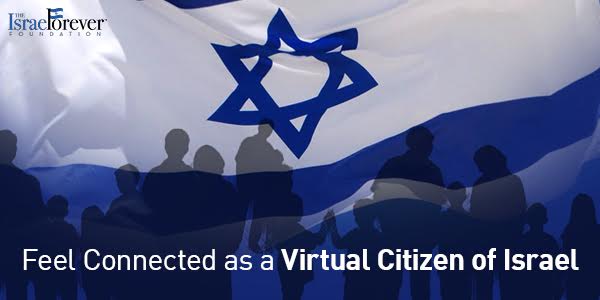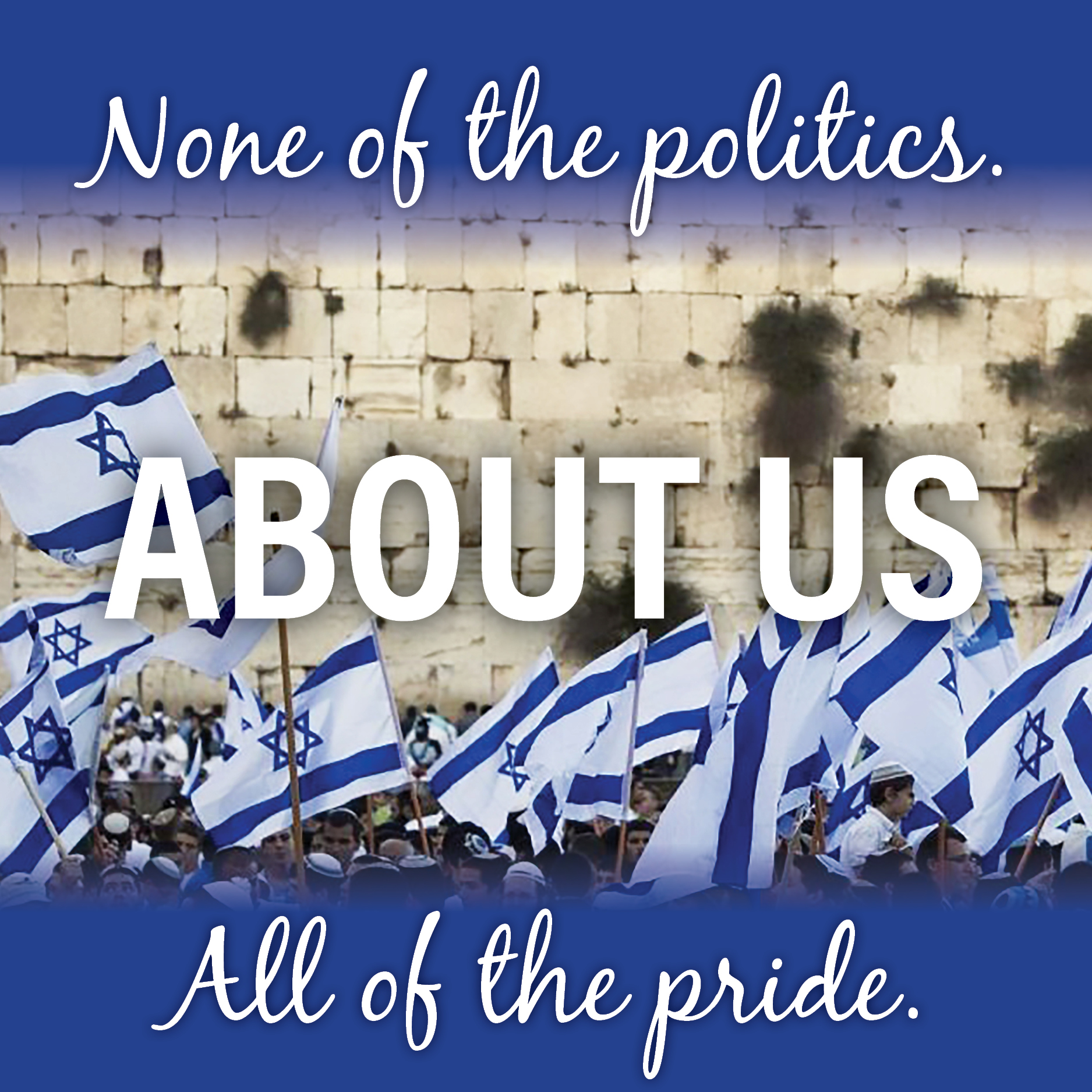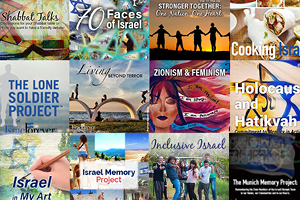Wood in the Desert: An ancient symbol for an eternal connection
By Natalie Leichtman
This piece was inspired by Rabbi Moshe Lichtman’s Dvar Torah from his book Eretz Yisrael in the Parashah.
As with every portion of the Torah, there are elements of the story that encourage us to look deeper, to delve into the details. Parshat Terumah, read just after Rosh Chodesh Adar, discusses the building of the Mishkan, the Tabernacle, in the desert. One of the key materials used is acacia wood. In fact, it is mentioned in over 10% of the psukim (sentences). Rashi asks the obvious question (on Exodus 25:5): Where did they get the wood from if they were traveling through the desert?
The answer he brings is from Midrash Tanchuma, which explains that Yaakov (Jacob) planted them when he first arrived in Egypt, centuries earlier, with seeds he had brought with him from Israel. It is believed that he foresaw that one day in the future, as his descendants were on their journey from Egypt back to Israel, they would have to build the Tabernacle. In preparation, he planted these trees and instructed his sons to take them with them.
This instantly reminded me of the famous story of the old man, Honi, planting a carob tree. A passerby asks him, “Why are you doing this? You will not live to see the produce!” The man replies, “I am doing this now so my children, my children’s children, and their children after them, will reap the benefits in the future.”
Looking to the future, and more specifically, looking and yearning for a return to Israel is something that the Jewish nation has been doing for generations.
It would seem that the need to maintain a physical connection to Israel has been a part of the nation since early biblical times, the first time the nation left Israel since Abraham arrived. Jacob wanted his descendants, even while living in Egypt, should see these trees and remember that one day they will need the wood on their eventual journey back to Israel. The vision and hope for the future, the return to Israel, was to be a part of the people from their first days in the Diaspora.
The connection of the land, the trees of Israel, to the people of Israel, continues. In the prophecies of Micah, he discusses the destruction and ultimate redemption of Israel, and the peace and wealth to come are described as “every man sitting under his grapevine and fig tree. (Micah 4:4)” It is more than just an idea, it is the physical land that holds the pull and has been connected to the nation since the beginning.
The concept of the Jewish people “making the desert bloom” is a prophecy, a promise, and a truth. Compare the description of Israel that Mark Twain recounts in the 1860s to Israel you see today. The stark contrast is proof of the connection, not just technological developments.
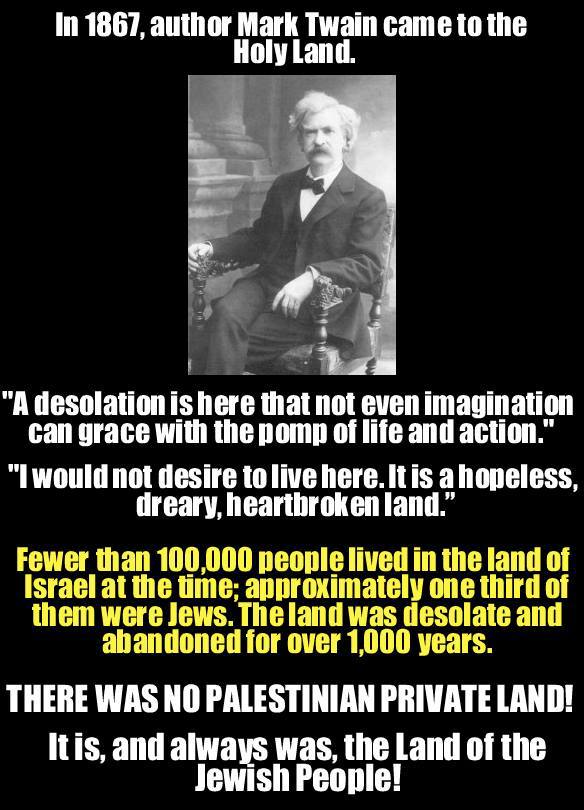
Generations later, another population of Jews would use a tree to symbolize their longing and connection to specific locations in Israel: the Gush Etzion bloc. Founded during the British Mandate, as the establishment of the State of Israel approached, the tensions of the residents with the neighboring Arabs escalated, leading the Jewish population to evacuate women and children to Jerusalem. Just days before the establishment of Israel, on May 12th, 1948, the remaining residents were wiped out.
From then until their return after the Six Day War in 1967, the evacuees, who therefore survived the Gush massacre, would go to a hilltop where they could see an oak tree that still stood in the area of the bloc, and hope for their return. This tree, the Lone Oak Tree, is probably one of the most famous trees in the country and continues to serve as a symbol of the area.
What has kept the Jews connected and unified, generation to generation, is their connection to Israel. As the Jews formed a nation and national identity for the first time, they were instructed to build a Tabernacle in their center to serve as an anchor. The parasha teaches us the importance of the key structural material in this building the must be the wood their ancestors had brought from Israel. And they were now literally carrying back.
As history went on, from exile to exile, the nation was not always so lucky and had to carry the land with them symbolically in their collective memory rather than physically. Today we are able to once again be back in Israel, to sit under our fig trees, or oak trees, and strong enough to defend our right to do so.
For those who are not in Israel, you have so many ways to stay connected, physically or symbolically, to the core of our national history, identity and peoplehood. When you declare yourself a Virtual Citizen of Israel, buy products made in Israel, use and wear them with pride, and bring Israel into your daily life.
Recommended for you:
STAY CONNECTED NO MATTER WHERE YOU LIVE
Share your love of Israel as a Virtual Citizen of Israel today!
About the Author
